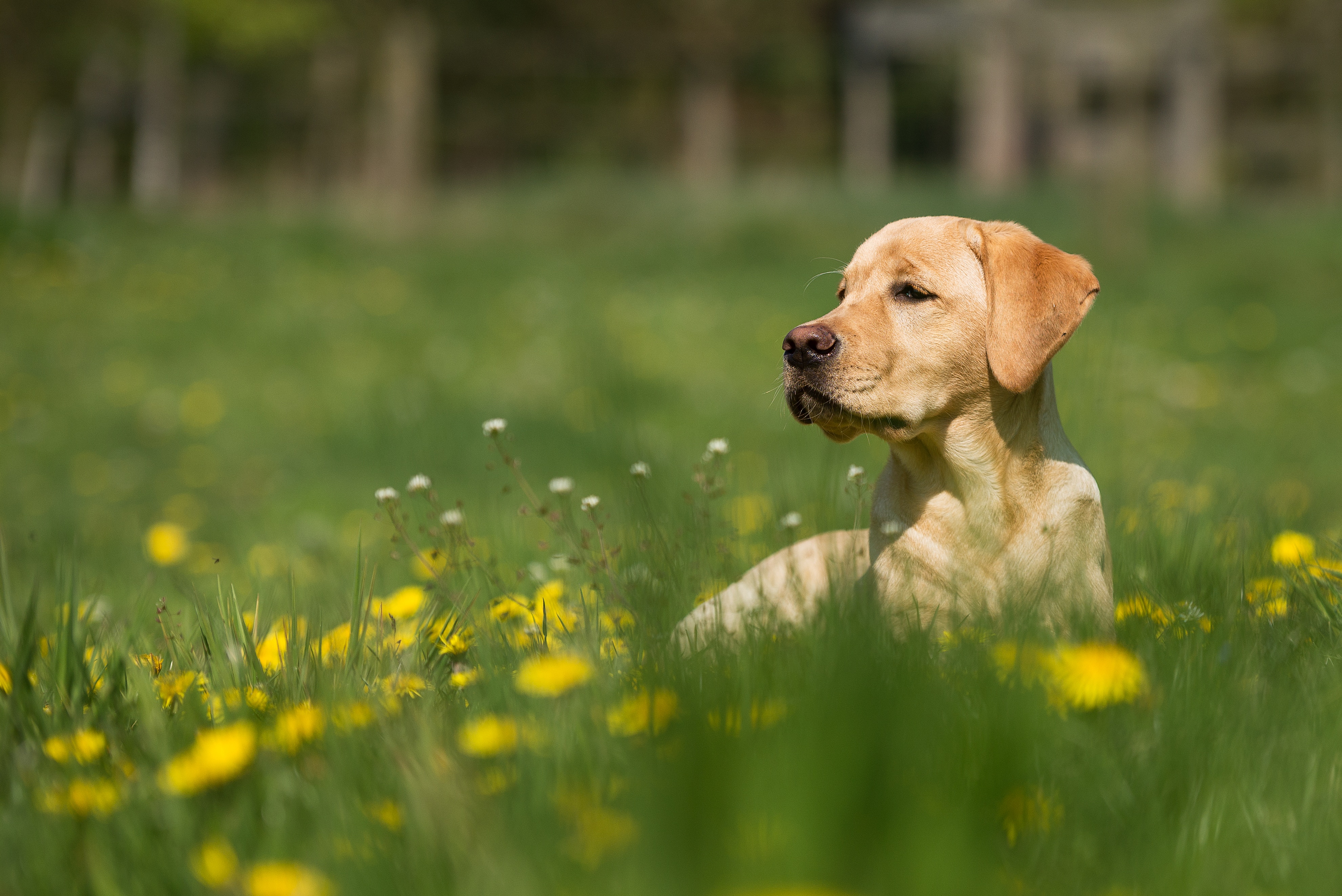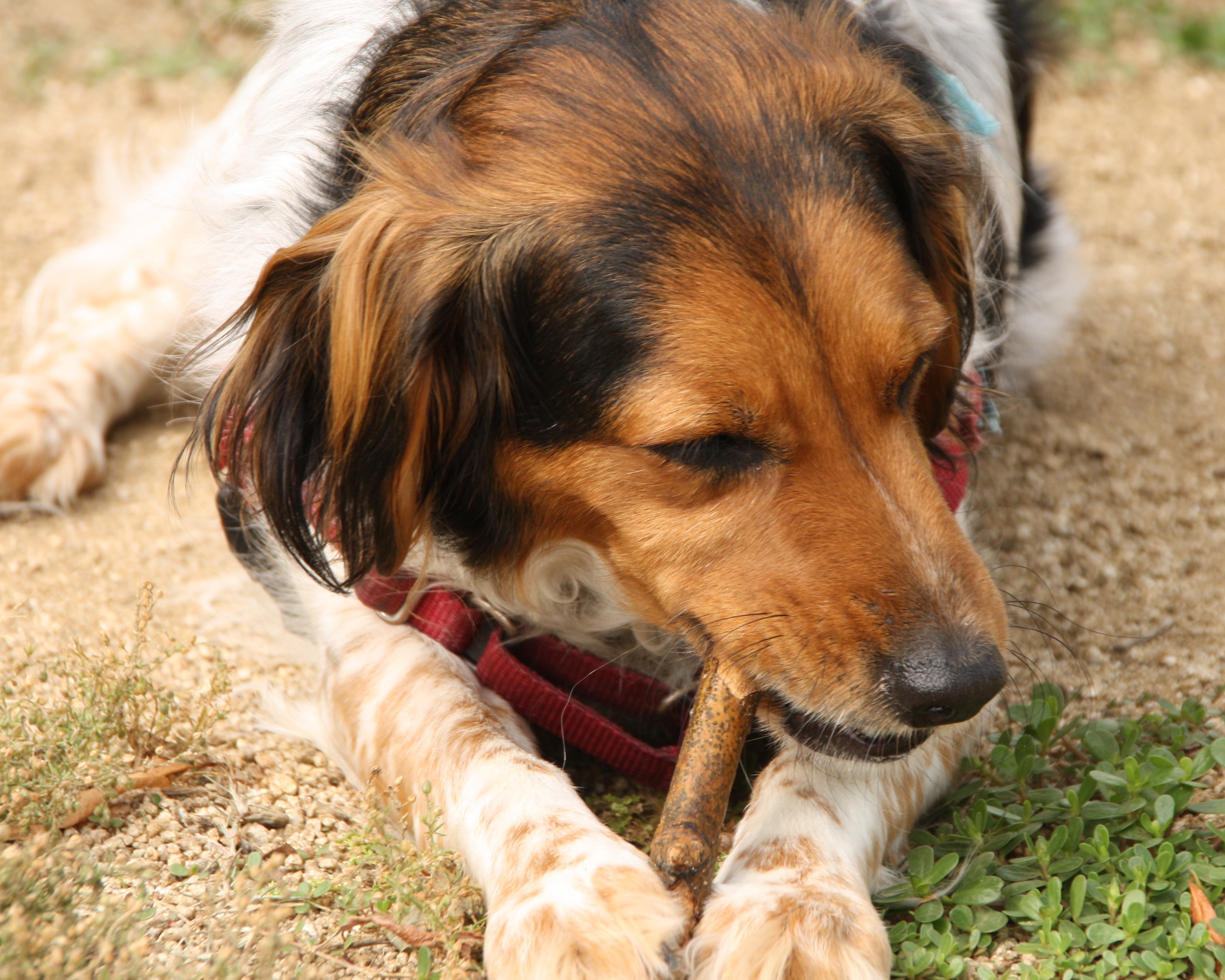Applied animal behaviorists and veterinary behaviorists can serve an important role in providing information and services to local animal shelters and rescue organizations. One way to do this is by providing informational handouts that shelters can distribute with their adoption packets to new owners. Informational forms like this can help new owners get started on the right track and also provide contact information for their local CAAB or veterinary behaviorist, should they need professional help. Here is one sample informational handout I have put together for such use among local animal shelters here in southwestern Virginia. In this handout, I provide some general tips on the use of positive reinforcement.
Using Positive Reinforcement with Your Newly Adopted Dog
Congratulations on your recent adoption! Adopting a shelter dog is a great endeavor, bringing with it both joy and responsibility as you and your dog develop a bond over the coming months. To get you off on the right foot, here are some behavioral tips on using positive reinforcement from local Certified Applied Animal Behaviorist Dr. Megan Maxwell. If you find at any point that you are facing behavior problems or ongoing training challenges and would like professional help, please call Dr. Maxwell directly at (540) 818-8711 or email her at [email protected].
Dogs respond easily and happily to the use of positive reinforcement for behavior that we owners like to see. In fact, most dogs can become well-adjusted and enjoyable members of a family with the use of positive reinforcement alone. Using positive reinforcement is not always easy, and we humans often get caught in the trap of noticing bad behavior and wanting to punish it while good behavior goes unnoticed and thus unrewarded. Here are some guidelines for using positive reinforcement with your dog.
1) Behavior should be rewarded immediately. When you see a behavior that you like, immediately praise and provide a training treat from your pocket (a tiny bit will do the trick!) For example, when your newly adopted dog urinates or defecates outside, praise and treat right away for the first few weeks to ensure you are sending the message that you approve of toileting outside! Providing a treat even one minute later (for example, after you have come back inside with the dog) is too late and will not communicate that the treat was a reward for toileting outside.
2) Use reinforcement that your dog really loves. Do not rely exclusively on the use of praise in the first weeks and months of owning your new dog. In the same way that not all people love attention or physical affection from strangers, your dog may not be as motivated by this, especially at first. On the other hand, most dogs are motivated easily and reliably by delicious morsels of food, even early in their relationships with new people! Do not be afraid to use tasty, healthy training treats or bits of meat to reward good behavior. If some cases, you may even use some of her daily kibble allotment throughout the day, keeping it always handy (in pocket) to reward behavior that you like. We often presume that dogs should just obey because they are dogs, but all animals respond best when positive consequences follow good behavior!
3) Reward behavior on a continuous schedule at first. People often ask whether they have to reward good behavior every time it happens. At first, you should provide a reward (reinforcer) EVERY time your dog engages in a response that you are teaching. For example, if you are working to decrease destruction in the house by rewarding your dog for going to his toy basket and picking up one of his own toys to chew, you should praise and play with him every time he does this for the first few weeks. When you see that he is reliably (i.e., at least several times a day) chewing his own toys, you may begin to reduce your reward schedule by, for example, only playing with him about 80% of the time that he picks up a toy. A few weeks later, you might only play with him about 60% of the time. This routine helps to ensure that your dog continues to respond (play with his own toys, in this case) over long periods of time as you gradually move to a schedule of reinforcement that is compatible with your natural tendencies and your availability. If you move too fast to decrease reinforcement for behavior, the behavior also will begin to decrease and problem behavior is more likely to pop up.
4) Set your dog up for success by meeting all of her basic needs. Dogs vary in their interest in various activities and their needs for types of stimulation. However, you should start your relationship with your dog by assuming that she will require plenty of exercise (walks and also free running for balls or toys), plenty of access to toys she can tug, chew, and destroy (as long as she is not consuming the toys), and plenty of attention from human family members. Notice that “plenty” could mean lots of different things for different dogs. Although we ultimately can shape a dog’s behavior in many directions making her more suitable to her family’s lifestyle, her basic needs in these areas must be met or problem behavior is almost certain to develop.
5) Catch those good behaviors that are often easiest to miss. We humans tend to miss so many opportunities to reward behavior that we like, either because good behavior doesn’t catch our attention or because we simply “expect” our dogs to be good. Work to avoid these common blunders. First, train yourself to notice all the calm, relaxed moments in your dog’s day and go to him with love and affection during those times. Many owners report that they avoid petting their dog when he is calm because he responds to this affection by becoming active again. Especially with a high-energy dog (or almost any puppy!), the last thing we want is to ruin a hard-won moment of relaxation with more activity from our dog. Yet when a dog is already being calm and you go to him with affection, you are in fact rewarding calm behavior even if his initial response in that moment is to get up to play. Reinforcement of behavior takes place over time and repetition. Your attention may serve as a cue for play, for example, but it also rewards the behavior occurring just prior, making that behavior more likely in the future. Second, remember that dogs, like all creatures on earth, respond to consequences and are not born with an understanding of what behavior we want from them. By emphasizing positive consequences for good behavior, you are beginning your path to teaching and training either your puppy or newly adopted adult dog in a way that will be clear, humane, and effective.
Many of us would love a dog who is calm when we are relaxing, who plays when we want to play, who sleeps when we sleep, and who avoids causing trouble in general. This is a tall order from a dog’s perspective! Yet we can achieve this harmony in almost all cases with the consistent use of positive reinforcement in the form of praise, petting, treats, toy play, and walks delivered contingent (dependent) upon good behavior. Step into your new shoes as a dog owner to this particular dog with a fresh perspective and always be on the look out for those behaviors you should be rewarding each day. Best of luck and happy training!





